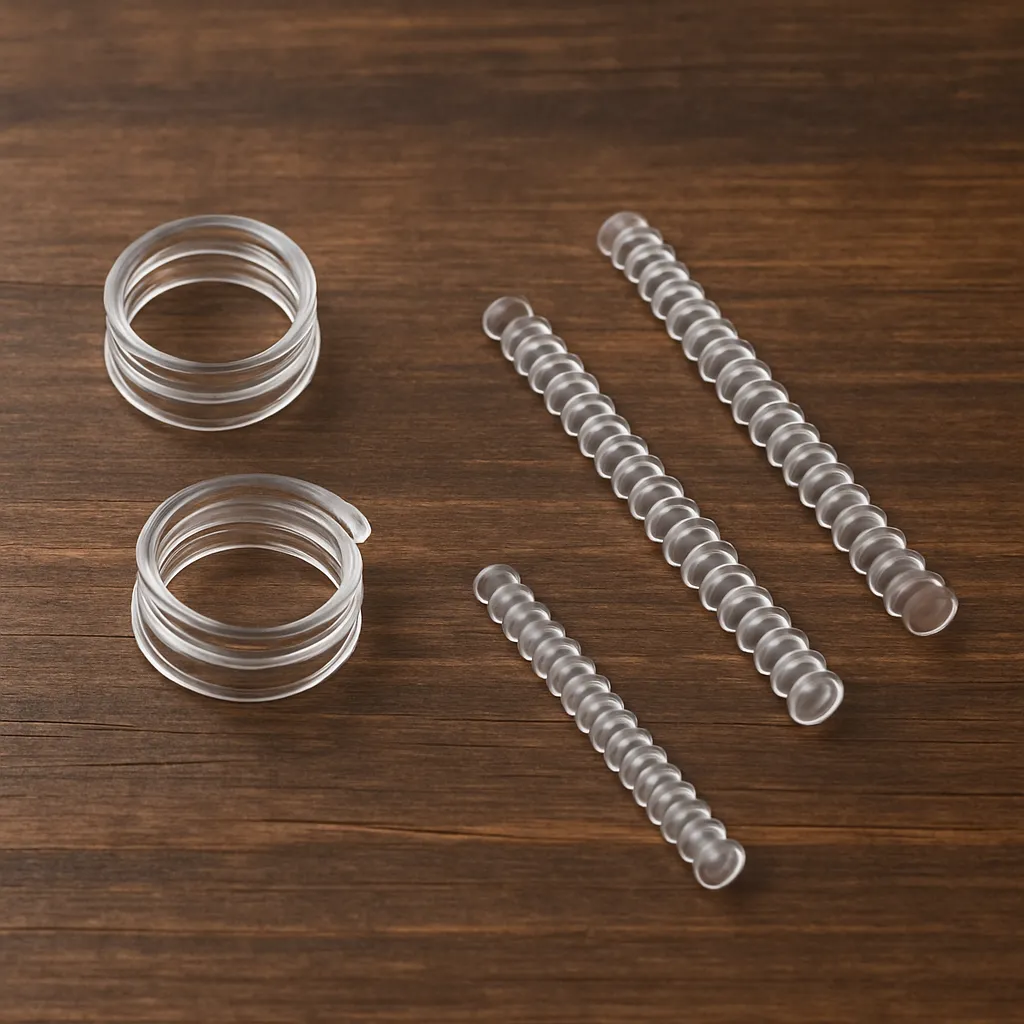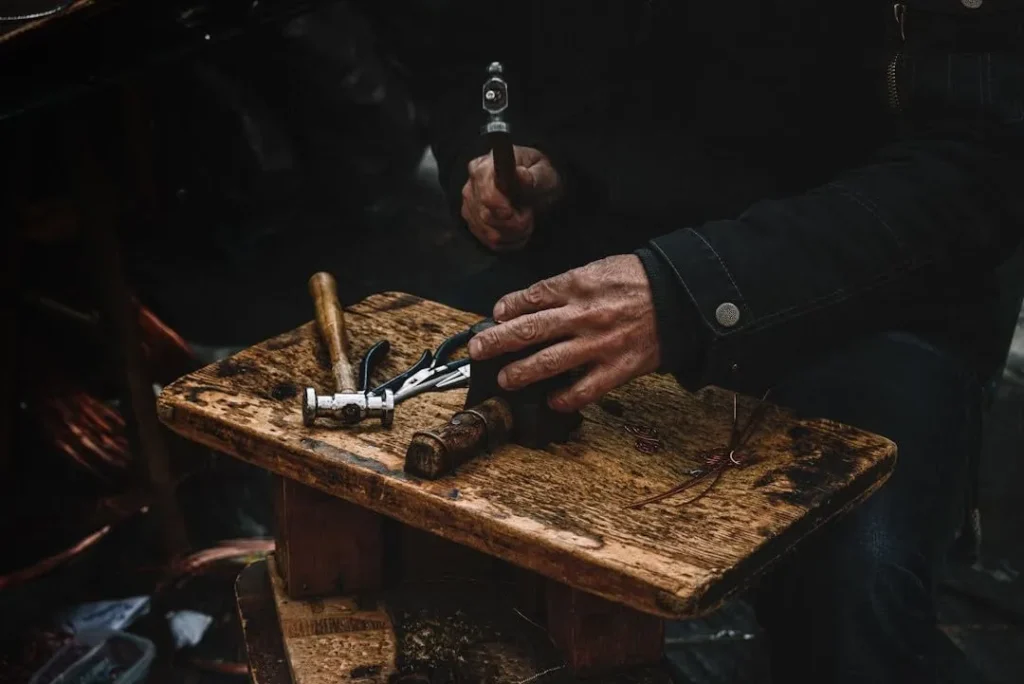Rings are a timeless piece of jewelry that often hold sentimental value. Whether it’s an engagement ring, a family heirloom, or a simple fashion accessory, a ring that doesn’t fit quite right can be inconvenient and uncomfortable. The discomfort and potential for the ring to slip off can also detract from the joy it brings. If you’re wondering how to make a ring smaller, you’re in the right place. In this article, we’ll explore various methods to adjust your ring size to ensure the perfect fit.
Before diving into the methods, it’s important to understand what resizing entails. Resizing a ring involves altering its circumference to make it either smaller or larger, depending on your needs. While rings can be resized up or down, making a ring smaller is often more straightforward. The process of resizing can vary greatly depending on the ring’s material and design, with some rings being more amenable to change than others.
Resizing involves skilled craftsmanship, especially when dealing with intricate designs or valuable metals. Jewelers typically need to cut the band and remove a section to reduce the size, ensuring that the final product maintains its structural integrity and aesthetic appeal. The soldering process must be precise to avoid leaving visible marks or weakening the ring. Understanding these complexities can help you appreciate why professional resizing is often the preferred method for valuable rings.
Can You Get a Ring Resized Smaller?
Yes, you can get a ring resized smaller by taking it to a professional jeweler. The jeweler will usually cut a small section of the band and then solder it back together to achieve the desired size. However, not all rings can be resized. Rings with intricate designs, multiple gemstones, or certain metals might pose challenges for resizing. It’s crucial to consult with a jeweler to determine the feasibility of resizing your specific ring.
Some metals, like titanium or tungsten, are notoriously difficult to resize due to their hardness. Similarly, rings with elaborate settings might require additional work to adjust without damaging the gemstones. In some cases, resizing might involve reshaping the band or adjusting the settings, which could increase the cost and complexity. Understanding the limitations and possibilities of resizing can help set realistic expectations and guide your decision-making process.
Pros and Cons of Professional Resizing
Pros:
- Precision: Professional jewelers have the experience and tools to resize your ring accurately. They can ensure that the ring maintains its original beauty and durability, which is especially important for valuable or sentimental pieces.
- Permanent Solution: Once resized, the ring should fit perfectly without the need for further adjustments. This is particularly beneficial for everyday wear, as it eliminates the need for temporary fixes that might not hold up over time.
Cons:
- Cost: Resizing can be expensive, depending on the complexity of the ring. The price can vary based on the materials, design intricacy, and the jeweler’s expertise, making it important to get an estimate beforehand.
- Time: It may take several days or even weeks to get your ring back, depending on the jeweler’s workload. This could be inconvenient if you need the ring for a special occasion or event, so planning ahead is essential.
Things to Make Rings Smaller at Home
If you prefer to adjust your ring size at home, there are several temporary solutions you can try. These methods are typically less expensive and allow for quick adjustments, making them a convenient option for those who need a fast fix. However, it’s important to remember that these solutions are temporary and might not provide the same level of comfort or security as professional resizing.
1. Ring Adjusters

Ring adjusters are flexible bands or coils that you attach to the inside of the ring. They’re affordable, easy to use, and can be removed if necessary. Ring adjusters are available in various materials such as silicone and plastic, offering a comfortable fit without damaging the ring. They are particularly useful for rings that only need a slight adjustment, as they provide a snug fit without altering the ring’s appearance.
These adjusters come in different sizes and styles, allowing you to choose one that best matches the width and design of your ring. They’re a great option for temporary adjustments, such as when your finger size fluctuates due to temperature changes or other factors. Ring adjusters are a popular choice for people who want a non-permanent solution that can be easily changed or removed.
2. Sizing Beads
Sizing beads are small metal balls that a jeweler can solder to the inside of the ring band. While this method requires a visit to the jeweler, it’s a great option for rings that need only minor adjustments. Sizing beads are especially useful for those with larger knuckles, as they help keep the ring in place. This method allows the ring to slide over the knuckle more easily while still fitting snugly once on the finger.
The beauty of sizing beads is that they offer a semi-permanent solution that doesn’t require cutting the band. This makes them ideal for rings that are delicate or hold significant sentimental value. While the addition of beads might require some getting used to, many people find them to be a comfortable and effective solution for rings that are just slightly too large.
3. Tape or String
For a quick fix, you can use tape or string to make the ring fit tighter. Wrap the tape or string around the base of the ring until it feels snug. This is a temporary solution and might not be the most comfortable option, but it can work in a pinch. It’s an easy and accessible method, especially if you need a solution on short notice and don’t have other materials on hand.
The downside to using tape or string is that it might not be the most aesthetically pleasing option, and it can wear out or become sticky over time. This method is best used as a last resort or for very short-term wear. It’s also important to ensure that the material used doesn’t irritate the skin, as this could lead to discomfort or allergic reactions.
Read more: How To Measure Ring Size With Fabric Tape Measure
DIY Methods to Make a Ring Fit Smaller
For those who enjoy a DIY approach, there are a few creative methods to consider. These methods can be a fun way to experiment with resizing at home, but they require some care and attention to detail to avoid damaging the ring. DIY solutions are best suited for rings that aren’t highly valuable or don’t hold significant sentimental value.
1. Liquid Guard
Liquid guard is a clear, liquid solution that you can apply to the inside of the ring. Once it dries, it forms a thin, invisible layer that makes the ring fit more snugly. This method is non-permanent and can be removed if necessary. It’s a versatile solution that can be applied in layers to achieve the desired fit, making it a flexible option for minor adjustments.
The application process is straightforward, but it requires patience to ensure that each layer dries completely before adding more. This method is ideal for people who want a subtle adjustment that doesn’t alter the appearance of the ring. However, it’s important to note that the liquid guard might wear off over time, especially with frequent handwashing or exposure to chemicals.
2. Hot Glue
Using hot glue is another DIY option. Apply a small amount of hot glue to the inside of the ring and let it dry. This creates a cushion that makes the ring fit tighter. Be cautious when using this method, as hot glue can be difficult to remove and may damage the ring if not applied carefully. It’s a more durable option than some other DIY methods, but it requires precision to avoid making a mess.
The hot glue method can provide a more secure fit than tape or string, but it might not be suitable for all ring types. It’s best used on rings that are not highly valuable or delicate, as the glue can be challenging to remove without potentially causing damage. This method is ideal for those who want a quick and sturdy solution that can withstand regular wear.
3. Nail Polish
Clear nail polish can also be used to create a tighter fit. Apply a few coats to the inside of the ring and allow each coat to dry completely. This method is similar to the liquid guard and provides a temporary solution. It’s an accessible option for those who already have nail polish on hand, and it allows for easy adjustments by adding or removing layers.
However, nail polish can wear off over time, especially with exposure to water and chemicals. It’s a good choice for occasional wear or as a temporary fix while waiting for a more permanent solution. As with other DIY methods, it’s important to ensure that the polish doesn’t irritate the skin or affect the ring’s appearance.
When to Seek Professional Help

by Federico Di Dio photography (https://unsplash.com/@didiofederico_photographer)
While DIY methods are convenient, they might not be suitable for every situation. If your ring holds significant value or is made of delicate materials, it’s best to consult with a professional jeweler. Professional resizing ensures that the ring maintains its integrity and beauty, which is crucial for valuable or sentimental pieces. Additionally, if you’ve tried multiple methods and still can’t achieve a comfortable fit, professional resizing might be the best option.
A jeweler can assess the ring’s structure and material to recommend the most appropriate resizing method. They can also address any concerns about potential damage or changes to the ring’s appearance. Seeking professional help can provide peace of mind and ensure that your ring is resized safely and effectively.
Tips for Maintaining Your Ring After Resizing
Once your ring has been resized, whether professionally or through DIY methods, it’s important to maintain its condition. Here are some tips to keep your ring in top shape:
- Regular Cleaning: Clean your ring regularly to prevent dirt and grime from building up, especially if you use DIY methods like nail polish or hot glue. This helps maintain the ring’s appearance and prevents any buildup from affecting the fit or comfort.
- Proper Storage: Store your ring in a safe place when not in use to avoid scratches or damage. Consider using a jewelry box or pouch to protect it from dust and other environmental factors that could cause wear over time.
- Check for Damage: Periodically inspect your ring for any signs of wear or damage, especially if you use temporary methods that might affect the integrity of the ring. Look for any changes in the ring’s fit or appearance, and address any issues promptly to prevent further damage.
Conclusion
Making a ring smaller is a common concern, but with various methods available, you can find the right solution for your needs. Whether you choose professional resizing or a DIY approach, ensuring a comfortable fit will allow you to enjoy your ring without worry. Remember to assess the value and design of your ring before deciding on a method, and don’t hesitate to seek professional help if needed. With the right approach, your ring will fit perfectly and continue to be a cherished accessory.
It’s important to weigh the pros and cons of each resizing method, taking into account the ring’s material, design, and sentimental value. By choosing the best method for your specific situation, you can ensure that your ring remains a beloved part of your jewelry collection for years to come. Whether you’re making a temporary adjustment or seeking a permanent solution, the goal is to achieve a perfect fit that enhances the ring’s beauty and significance. Use Ring Size Chart Calculator to explore your options and find the most accurate fit before resizing.
